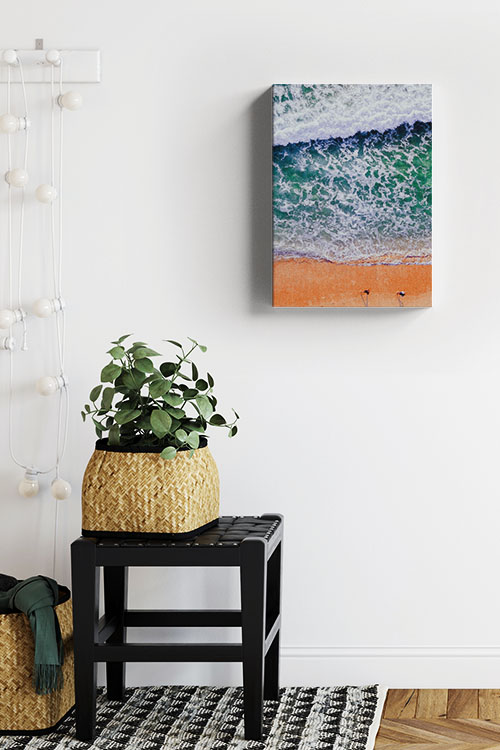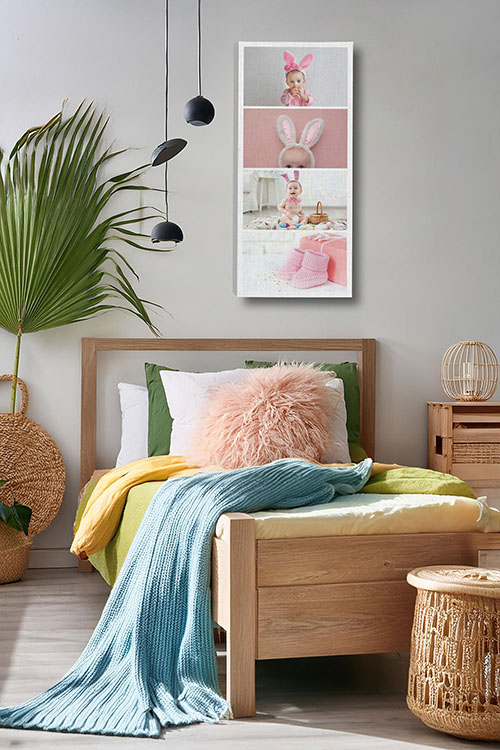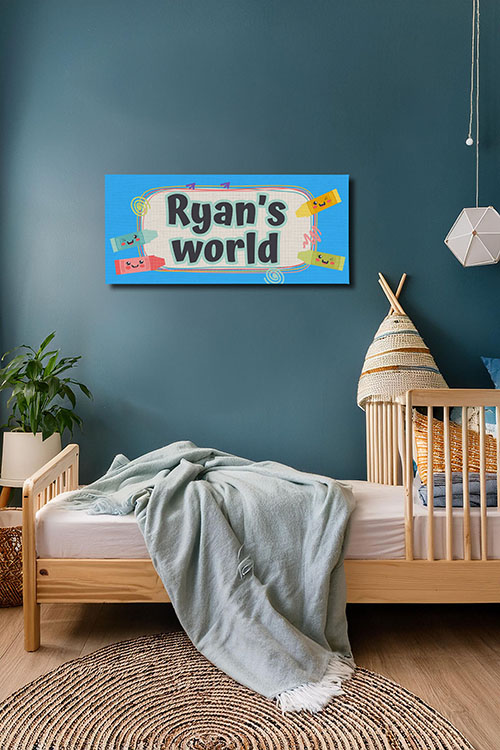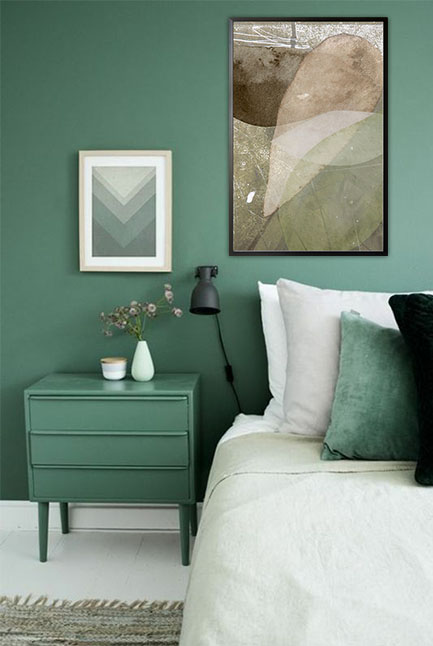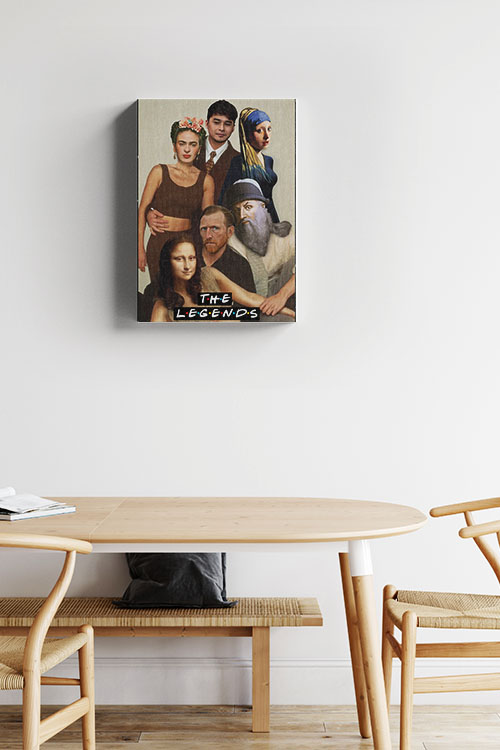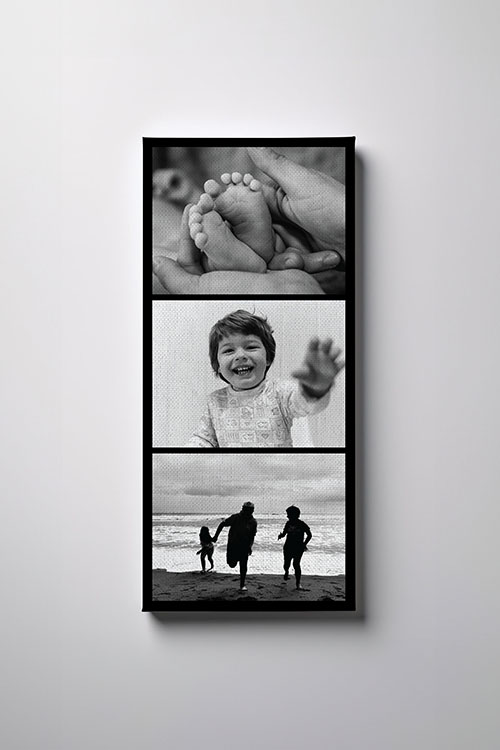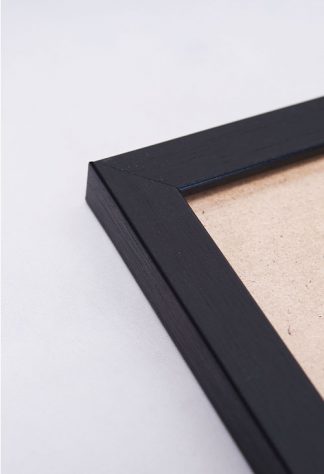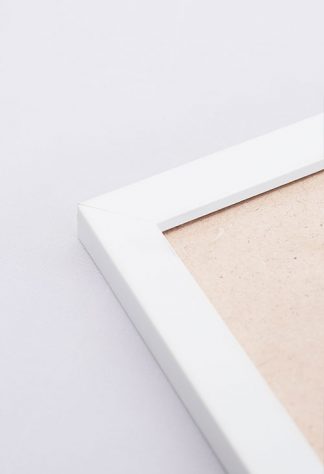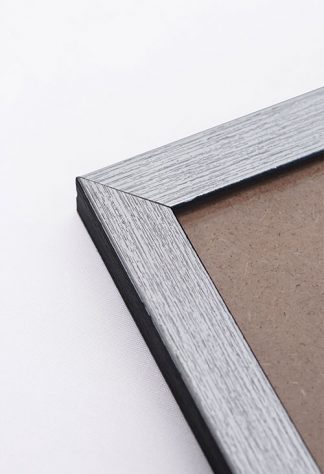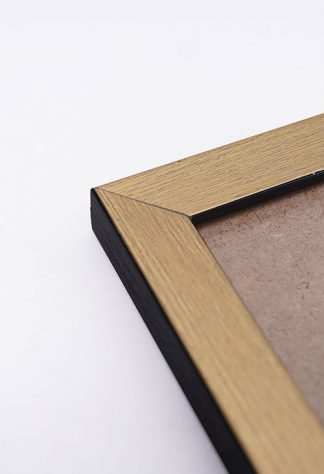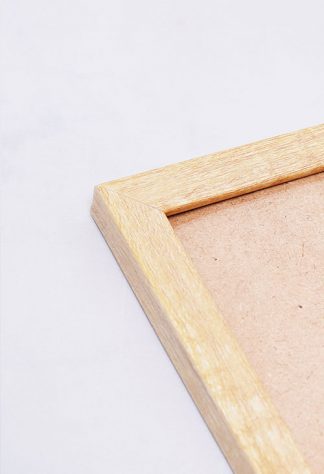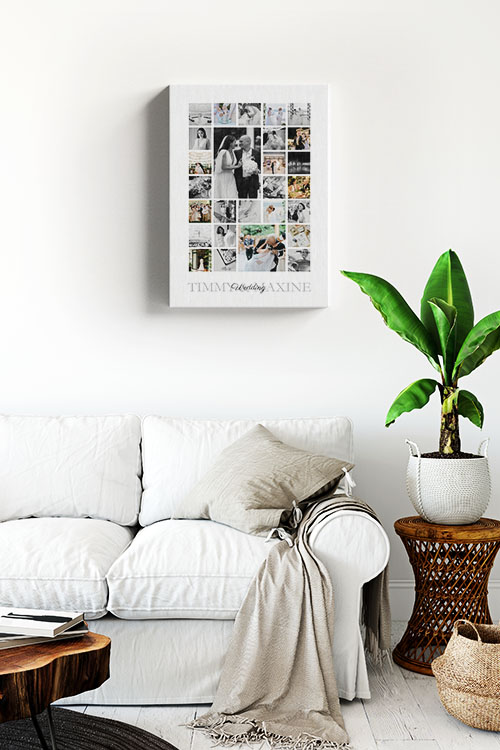
Clutter can quickly accumulate in our homes, creating a chaotic and stressful environment. But with a little effort and organization, you can keep your space clean and tidy. Here are some tips to help you declutter and keep clutter out of sight:
- Purge Regularly: Eliminating unnecessary items is the first step to managing clutter. Go through your belongings and decide what you no longer need or use. Donate items to charity, sell them online, or toss them out.
- Create Designated Spaces: Every item should have a specific place where it belongs. This will help prevent clutter from accumulating in random spots. Designate areas for books, clothes, toys, electronics, and other belongings.
- Utilize Storage Solutions: Invest in storage solutions like shelves, drawers, baskets, and bins to keep items organized and contained. Label them clearly to make it easy to find what you need.
- Limit Incoming Items: Be mindful of the items you bring into your home. Before purchasing something new, ask yourself if you need it and where it will go. This practice of mindfulness and intentionality can significantly reduce clutter.
- Practice ‘One In, One Out’: When you bring something new into your home, consciously try to eliminate something old. For example, if you buy a new shirt, consider donating an old one. This will help prevent clutter and maintain a balanced number of items in your home.
- Create a Cleaning Schedule: Regular cleaning is vital to maintaining a clutter-free space. It gives you a sense of control and organization. Set aside time each day or week to tidy up and put things away.
- Declutter Digital Spaces: Remember to declutter your digital devices, too. This includes your computer, smartphone, and any other electronic device you use regularly. Delete unnecessary files, apps, and emails to organize your digital environment and free up space.
- Involve the Whole Family: Make decluttering a family affair. Encourage everyone to participate in keeping the home clean and organized. This lightens the individual burden and fosters a sense of unity and cooperation. Assign specific chores to each person.
- Minimize Decorations: Too many decorations can create clutter. Keep your decor minimal and focus on a few key pieces.
- Don’t Let Clutter Build Up: The key to maintaining a clutter-free space is to stay on top of it. Don’t let clutter build up over time. Address it as soon as you notice it.
Following these tips can create a more organized and peaceful living environment. Remember, decluttering is an ongoing process, so be patient and consistent. With a little effort, you can keep your home clutter-free and enjoy a sense of calm and order.
